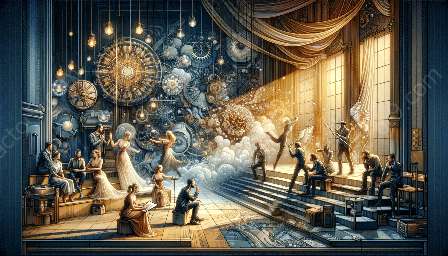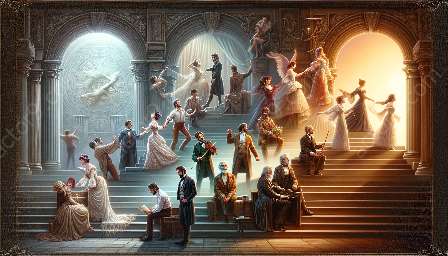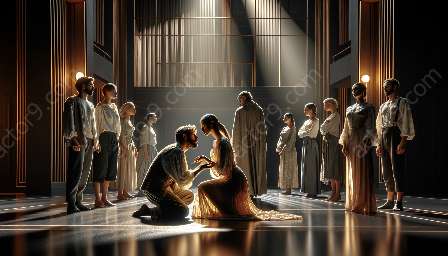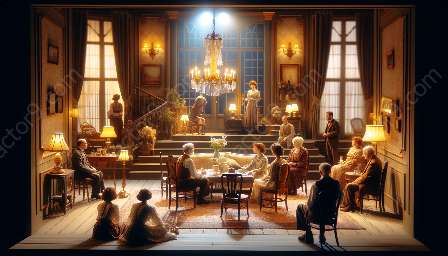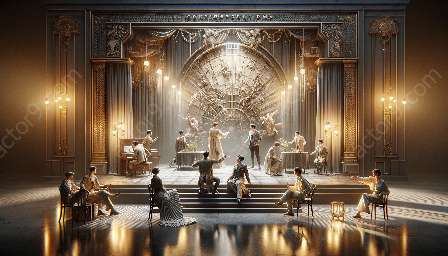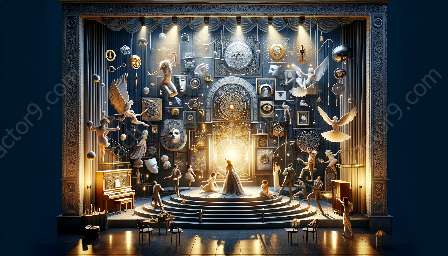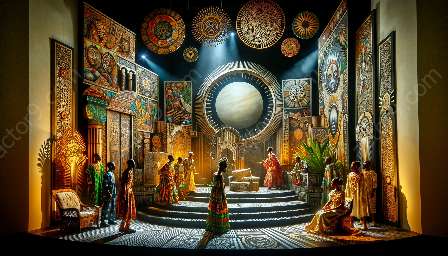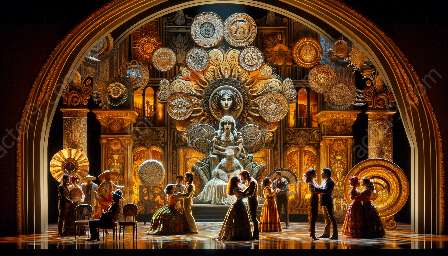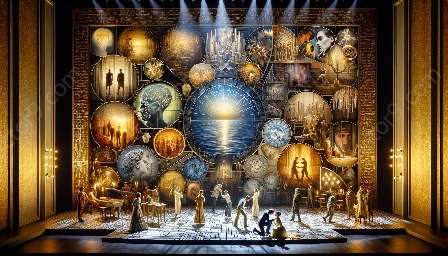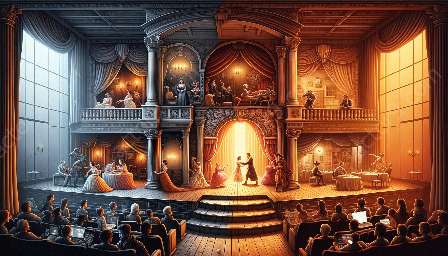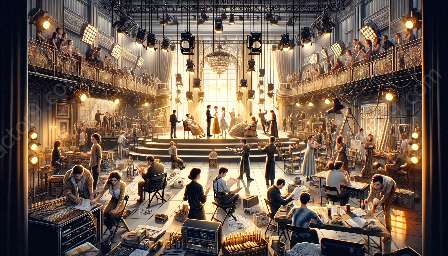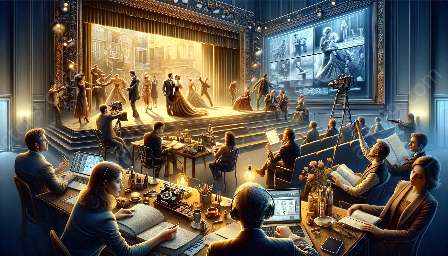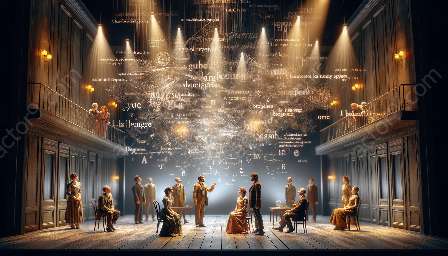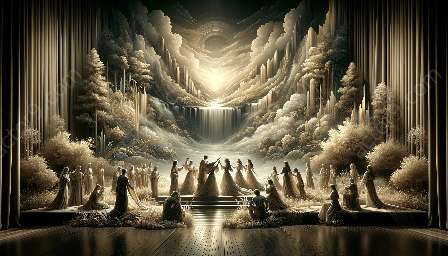Symbolism in modern drama plays a crucial role in conveying deeper meanings and emotions. Interpreting and portraying symbolic elements on stage is a complex yet essential aspect of bringing a play to life. This article explores the challenges involved in effectively utilizing symbolic elements in modern drama and the significance of symbolism in live performances.
Understanding Symbolism in Modern Drama
Symbolism in modern drama encompasses the use of symbols, metaphors, and allegorical elements to convey deeper meanings, emotions, and themes within a play. These symbolic elements serve as powerful tools for playwrights and directors to communicate complex ideas and evoke emotional responses from the audience.
Significance of Symbolism in Modern Plays
In modern drama, symbolism plays a significant role in enriching the narrative and amplifying the impact of the play. It allows for the exploration of abstract concepts, emotional depth, and societal commentary. Symbolic elements can represent a range of themes, including love, death, power, and the human condition, adding layers of meaning and depth to the overall theatrical experience.
Complexities in Portraying Symbolic Elements on Stage
One of the main challenges in portraying symbolic elements on stage is ensuring that the intended meanings and emotions are effectively communicated to the audience. Unlike other forms of media, live theatre requires the actors, set design, and stage direction to work in harmony to convey these symbolic elements without relying on close-up camera shots or post-production edits.
Additionally, symbolic elements are often open to interpretation, making it essential for the performers and directors to establish a shared understanding of the intended symbolism and its significance within the context of the play. This collaborative effort requires a deep understanding of the play's themes, characters, and the symbolic language employed by the playwright.
Interpreting Symbolic Elements for Live Performances
Interpreting symbolic elements during live performances requires a careful balance of subtlety and clarity. Actors must embody the symbolic nuances while also ensuring that the audience can grasp the intended meanings without feeling overwhelmed or confused.
Furthermore, directors and designers must consider the visual and spatial aspects of the stage to effectively incorporate symbolic elements into the production. Lighting, set design, and props all play a crucial role in enhancing the symbolic impact and guiding the audience's interpretation of these elements.
Adapting Symbolism to Modern Audience Expectations
As modern audiences evolve, so do their expectations regarding symbolic elements in drama. While classic plays may rely on traditional symbolic motifs, modern interpretations often require innovative approaches to resonate with contemporary audiences. This necessitates a careful balance of respecting the original intentions of the playwright while infusing fresh perspectives and interpretations that resonate with today's societal and cultural contexts.
Conclusion
In conclusion, the portrayal and interpretation of symbolic elements on stage pose significant challenges in modern drama. However, mastering the utilization of symbolic language and effectively conveying these elements through live performances can greatly enrich the theatrical experience for both the performers and the audience. By understanding the significance of symbolism in modern plays and embracing the complexities involved, playwrights, directors, and actors can elevate their craft and create profound, thought-provoking theatrical experiences.


